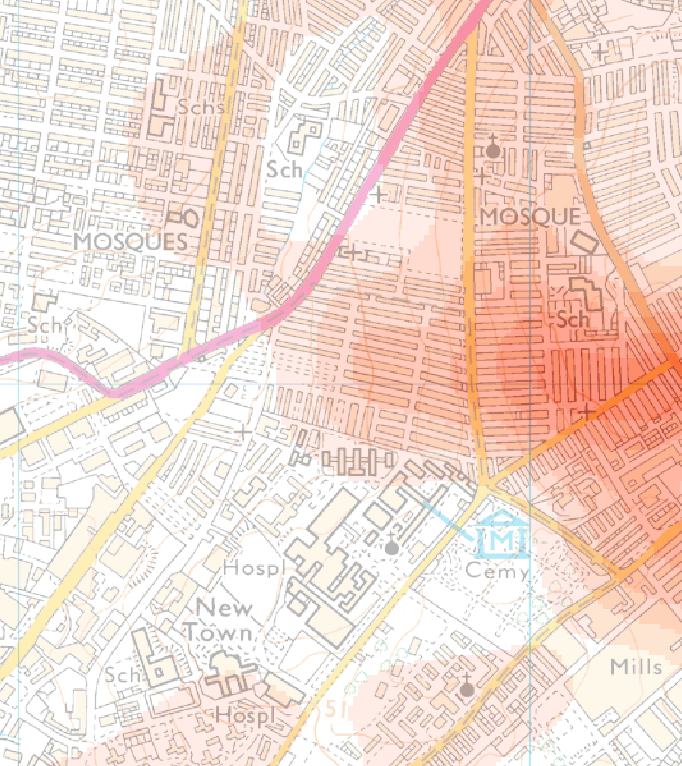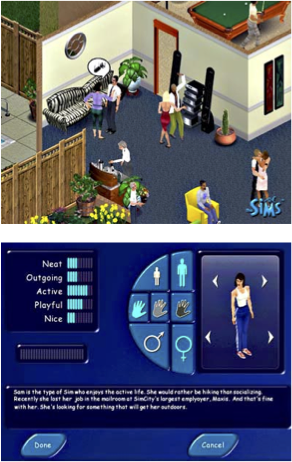Crime Forecasting: Methods and Models
Dr. Andrew Evans and Dr Nick Malleson
School of Geography, University of Leeds
http://www.geog.leeds.ac.uk/people/a.evans
http://www.geog.leeds.ac.uk/people/n.malleson
About Us
Andrew Evans
BSc Geography
PhD Glaciology
Senior Lecturer in GIS and Geocomputation
Nick Malleson
BSc Computer Science
PhD Geography
Lecturer in GIS
Overview
Aim: introduce a number of methods to understand and model crime
Mixture of short lectures and practical sessions
A full description is impossible!
Briefly introduce methods and highlight where to go next
You can choose which methods are most suitable for further study
Standard Risk Surface Analysis: Assessing Crime

Tool: CrimeStat
A very useful tool for performing common spatio-temporal analyses
Hot-spot mapping (e.g. Kernel Density Estimation)
Geographic Profilling
Space-Time Analysis
Journey to Crime
.. mnany others ..
Excellent documentation
No practical session organised, but help is available
RTM: Adding the Environment
Tool: RTMDx
Risk Terrain Modelling: GIS techniques to explore the relationship between crime and spatial factors that influence it. E.g.
Public transport
Drug dealers
Schools
Gangs
Parks
Shops
...
Can be used to make predictions
Practical session: Generate a risk surface
Near-repeat modelling: adding behaviour
Method: Trafford Model
Near Repeats
~31% to 76% criminals return to commit further crimes
Crimes clustered in space and time
Criminals return to an area over a few weeks until risk rises or reward drops
Might be thought of as an "optimal forager" strategy
If we can predict their return pattern we can prevent the crimes
Johnson & Bowers (2004); Bernasco (2008)
Practical session: Near repeat calculator and near repeat mapping
Microsimulation: Adding Victims
Tool: Flexible Modelling Framework
Method for estimating populations at the individual level
Also allows us to estimate variables missing in an area
Practical session: modelling a city population
ABM: bringing people and the environment together

Tool: NetLogo
Agent-Based Modelling: A method to simulate the behaviour of individuals
Phenonema are 'grown' from the ground-up
Well suited to crime analysis
Example: Simulating burglary
Practical: Using NetLogo to build an agent-based model